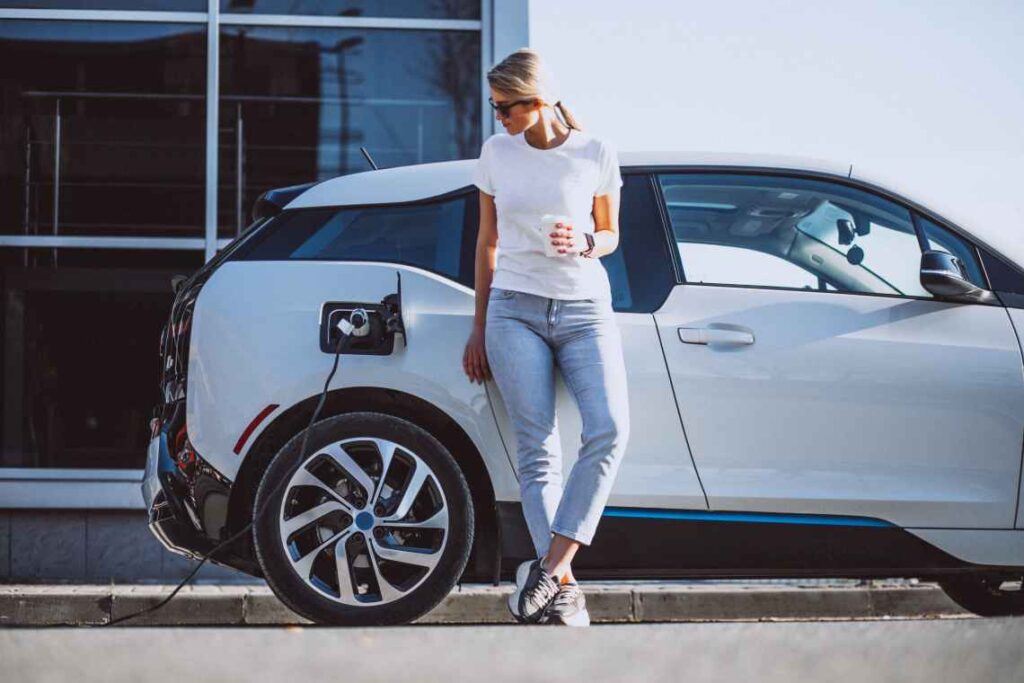Driving an electric BMW model is a real pleasure, offering the latest features in a sleek package with a quiet ride. However, at some point you’ll need to recharge to continue your journey. The good news is that finding public charge points has become easier in cities and along interstate highways.
SIXT offers different BMW EV models depending on where you are in the world. If you happen to rent one, you might want to know the ins and outs of driving an electric car. We’ll walk you through the charging process, how to find nearby charge points or those along your route, and how to pay for charging sessions. That way you can enjoy your drive and not worry about running out of juice.

Getting started
- All BMW electric vehicles come equipped with iDrive and BMW navigation as standard. You’ll be able to view the charging points as “Points of Interest” on the navigation system. In most cases, you’ll be able to see whether those points are available to use or already in use.
- When you rent a BMW it will come with charging cables so you can use the public charging points. The BMW models can not only be charged quickly, easily, and conveniently at home using a wall box, but they can also be charged on the go. Charging is easy; simply connect the cable from the wall box or public charging box and then into the car charging point located where the gas cap would normally be.
- In addition, the unique My BMW app for EV models shows the available range, battery and charging level, service messages and vehicle location. The app supplies you with detailed information on the current status of your electric BMW at all times.
How to find Public Charge Points
You can search for charge points either nearby or on your way to a destination. This can be done either in the My BMW app (available in the Google Play or Apple App stores) or in the vehicle via iDrive. If a public charge point is available, it will show as green on the map, making it easy to figure out where to stop and recharge. You can also filter based on what kind of charger you need (like fast charging). When you select the charge point you want to use, you’ll get directions to guide you there.
How to start charging
After you pull up to an available charge point, press the charging port cover on the vehicle to open it and connect the charging cable. If you own an electric BMW In the US, it’s connected with the Electrify America charge points, so you’ll need the app to begin charging sessions and for payment. In the Electrify America app, you can swipe to start the charging session. To end the charging session, unlock the vehicle and disconnect the charging cable.
For SIXT rentals, you can get information on our charging partners, apps you might need to download, how to pay for charging sessions and other information you might need when you pick up your vehicle.
Are you more of a visual learner? Here’s a quick overview of how to charge a BMW electric car in the US.